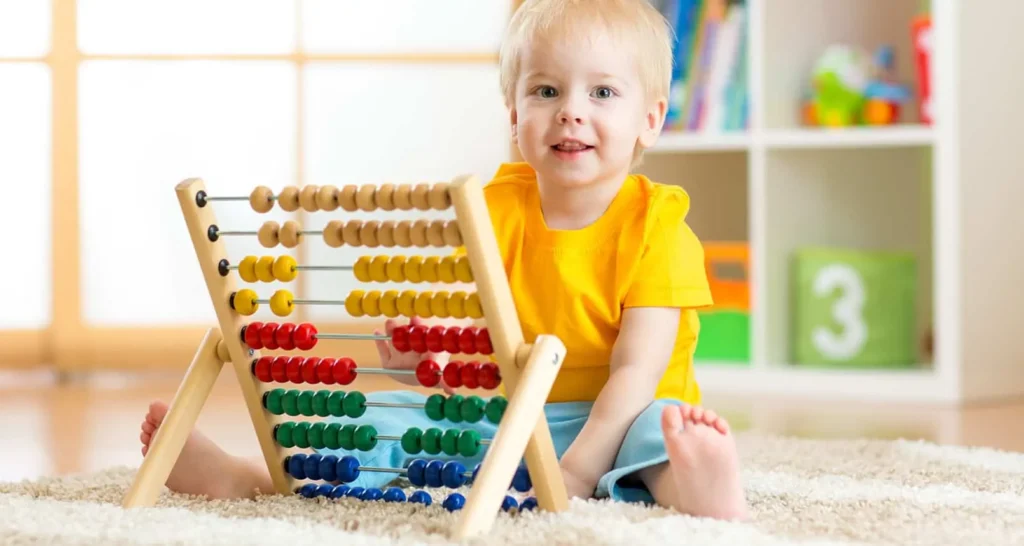Movement For Children – Proprioception And What It Means

The highways of communication between the brain and the muscles allow for two-way messages. The brain receives messages from the muscles and learns from these about how the body functions and interacts with the environment. At the same time, the muscles receive messages from the brain about what to do next and how to do it (how hard, how soft, how fast, how slow, how far).
Proprioceptive information is when signals from the muscles about pressure, strength and range of movement tell us about our body, where it is and what it is doing.
Proprioceptive feedback has been shown to support the central nervous system (the brain and the nerves) and to aid in reducing anxiety to support us to remain calm and alert. When this is not occurring naturally (often through reduced or fluctuating muscle tone, or avoidance of energetic activity) anxiety can be exacerbated. Children who are not receiving proprioceptive messages well are often those who have difficulty with bilateral coordination, upper-limb coordination, and are known as clumsy, floppy, distractible or hyperactive.

What can you do to support your child to gain proprioceptive information from their body?
- Push ups;
- Chair pull downs;
- Tug of war;
- Playdough;
- Carrying heavy items (eg. Wet laundry, tinned goods, groceries).


